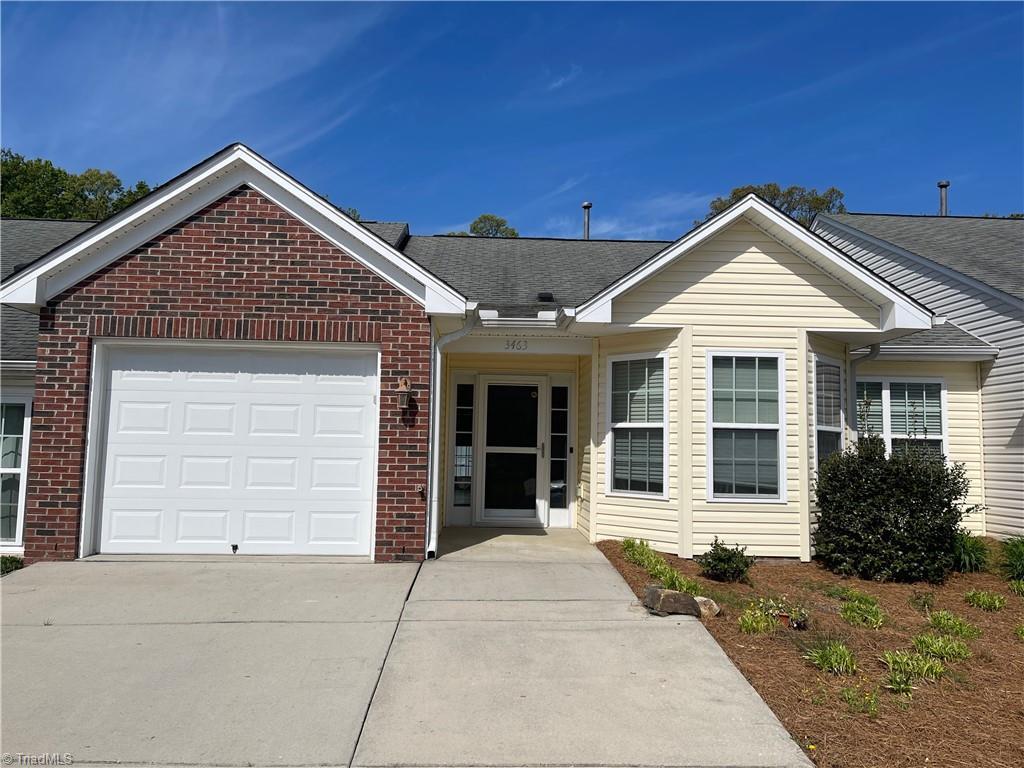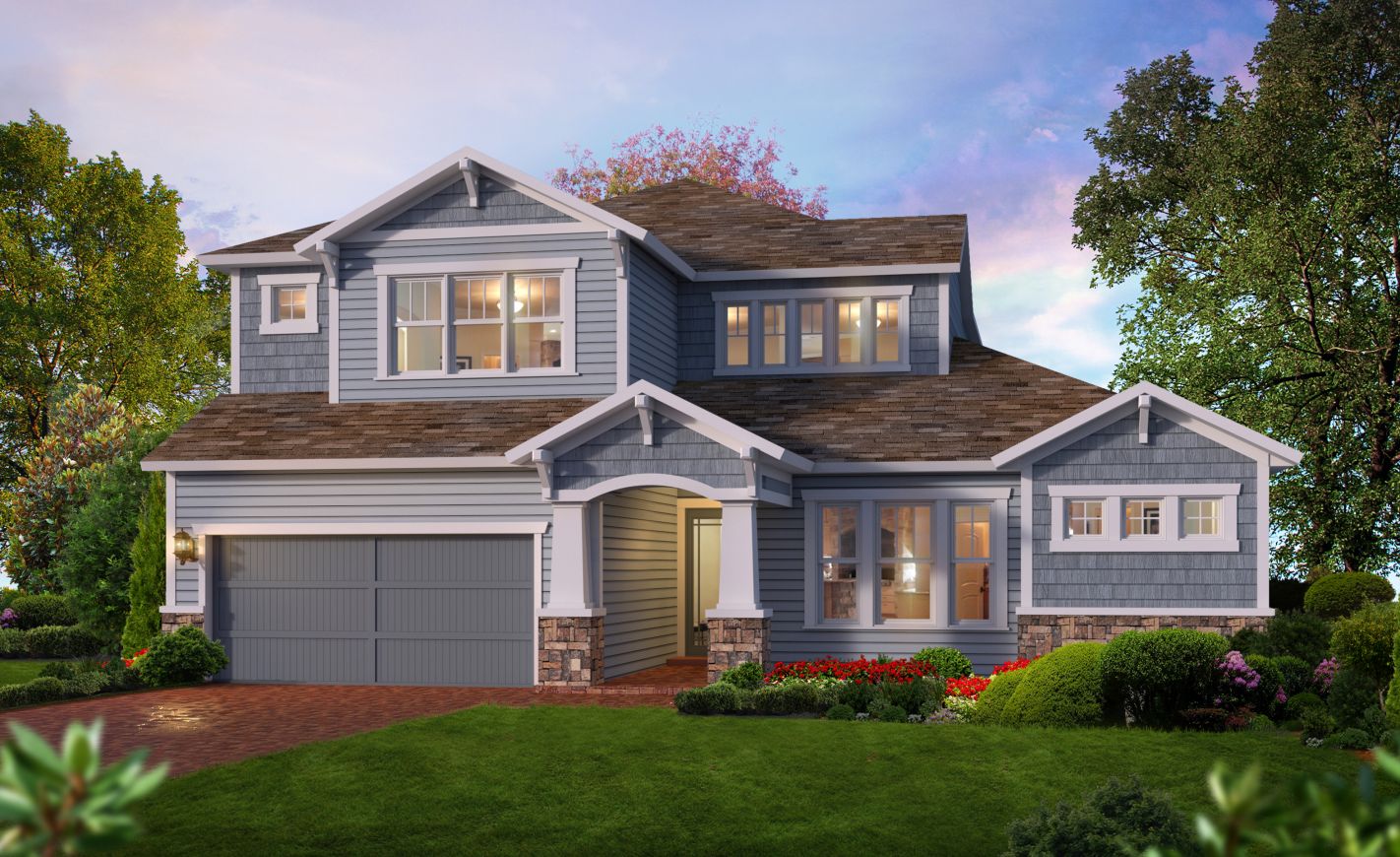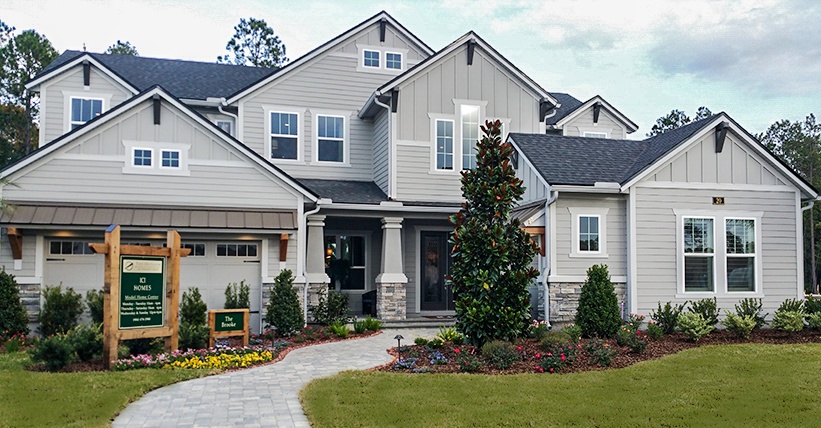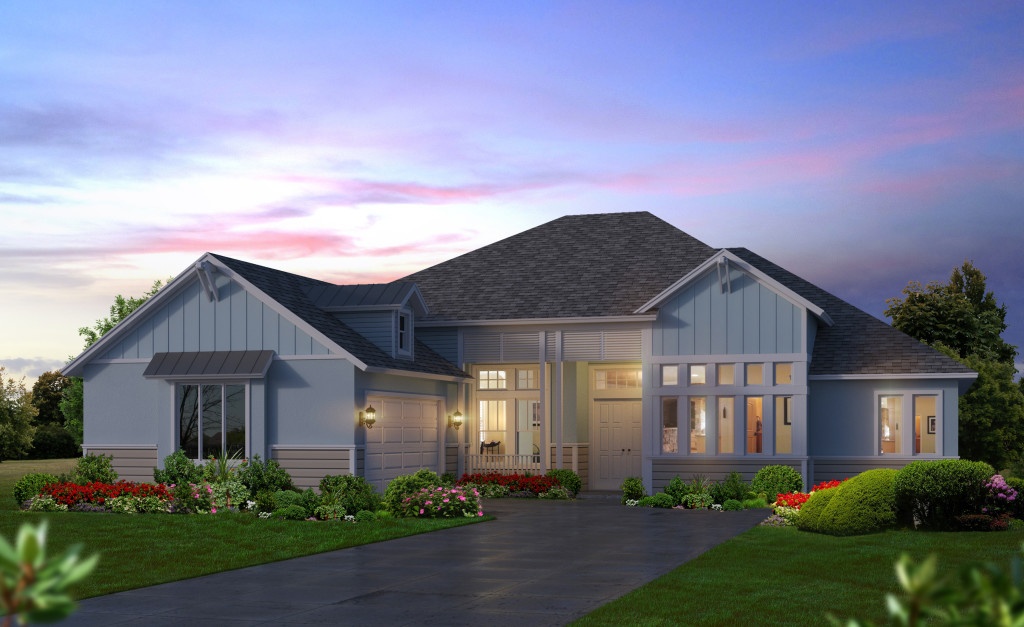Table of Content
The idea is to use a Raspberry with some extra components to regulate the temperature and humidity in your home. The software part is simple to put in place because the tutorial explains everything well. The project is a weather station, that will collect a lot of information, like temperature, humidity, wind speed and direction. This one is an advanced project, with many components, that will improve your electronics and programming skills. Then you can control the box from your browser or your smartphone; you don’t need any keyboard or remote control. This project is an equivalent of the smart TV project but for music.

AuthenticationNow, as we have done all the configurations we can play videos, music or show many pictures in the gallery. If you like entertaining and inviting family and friends over, your home theater will certainly lure them in. Game days to movie nights, slumber parties to special events, your home will be the go-to spot for all things entertainment.
– CCTV security cameras
I’d try the heatsink case first though; the hat might clear the heatsink if you added a booster to raise it up above the case. I’d be surprised if Dolby Vision were ever supported due to the Dolby licensing model. AIUI HD Audio passthrough and HDR video output are on the roadmap and the hardware is capable.
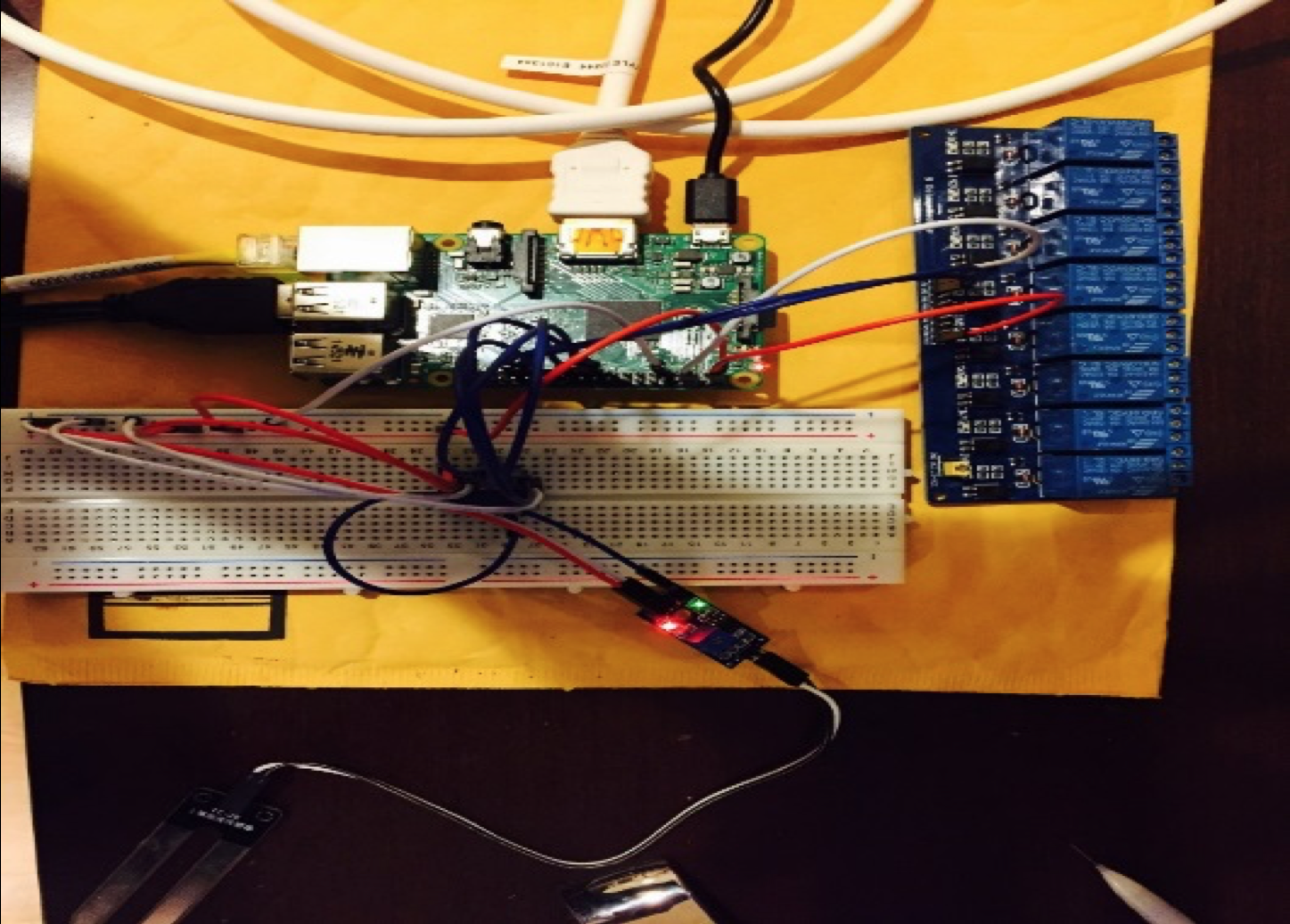
Install the SD with Raspbmc into the Raspberry Pi, turn on the device, and make sure that the device is connected to the external network. During the installation process, there is still part of the data to be downloaded from the Internet, so it is necessary to connect to the Internet. This article will introduce how you can build streaming media or a home theater system withRaspberry Pi. Even without these additions, however, your Raspberry Pi will make a great portable media center! And when you're done setting it up, you'll need a projector to make your home theater complete. Raspbmc is essentially the popular XBMC media centre project ported to Raspberry Pi.
Raspberry Pi glossary
Thus, if this is your first establishment of a home theater, we suggest picking Raspbian Lite. It’s command-line driven, and can without much of a stretch designed to keep running in “headless” mode, i.e. accessed entirely remotely over the system with no requirement for a console or screen. For just a small amount of money, you can turn any television set into a multi-use, smart TV by adding a Raspberry Pi and XBMC. In this article, we will help you start out with the XBMC media center. It is relatively simple to build this kind of media center on the Raspberry Pi. You can connect to a media without further tossing and enjoy the fruits of your labor.

With the release of the super-powered Raspberry Pi 4, it’s time to fully upgrade our media centre to become a 4K-playing powerhouse. Once you have figured out how to connect the display then you'll need some software to drive it. If you are lucky then there is a plugin or something for your media player software that knows what to do. The free and open source OSMC media center gives the Kodi home theater software an updated look and some slick features.
New book (with added computer): Get Started with Raspberry Pi
If you wanted to support a graphical display, you'd have to roll your own. Overclocking the Raspberry Pi CPU improves performance when running the OpenELEC media center. The long winter nights are upon us in the northern hemisphere, so you won't find a better time than now to start a project with your favorite nanocomputer – and maybe even your favorite people. The film can then be played directly in a browser like Chrome, Chromium, or Opera , because the process works over the network.
As such the user interface and functionality of the software is more or less identical. Going to the cinema an hour before the showtime and buying the tickets is indeed a very hectic job. When you have your home theater there is no need to find a parking place or wait in a long queue for buying tickets. In a dedicated home theater, the gaming experience is very much enjoyable, video games become more immersive. The big screen in front of you and the surrounding sound will have you feeling like you are present in the stadium.
Raspberry Pi Press
The only hardware used is a Raspberry Pi with a camera and a motion detector . From your computer, you’ll access the hub to monitor each camera from a single web interface. For example, you can use four Raspberry Pi Zero with their cameras and connect all to a central storage point (a Raspberry Pi 3B+ should be enough). A security camera is an easy project to set up with a Raspberry Pi.
You can find more details in my tutorial on how to install the Magic Mirror software part on Raspberry Pi. If a schedule is not necessarily the thing that interests you the most, it is possible to display any web page. This one is a good idea to turn your old computer screen into a smart calendar. It’s a simple project you can complete in one hour to improve your home.
How to build a streaming media or home theater system with Raspberry... It’s not an exhaustive list as there is almost no limit, for example Raspberry Pi at home are often used for 3D printing, file server or whole network ad-blocker. For example, I also saw projects that distribute food to fish at predefined times or even auto-refill ideas. It’s a company that now offers a whole range of products around the connected home, but it was mainly known for its smart thermostats. You can build a music player with your Raspberry Pi and some basic hardware (basically a 3B+ starter kit will be enough). As you can see in the photo of the installation above, it’s not a simple project to put in place, but it’s worth it.
As you can see, watching a film in one room and then finishing it in another would be difficult to do with a conventional media center like Kodi. Plex , on the other hand, administers media data for a central server, and Plex clients let you access the data, creating a seamless viewing experience throughout your house. I have an old Samsung 5.1 Home Theater System (Ht-x20 exactly) and time has passed over this once great Home Theater.
It’s basically identical to the Pi 4 case, with exception of the HDMI cutouts and USB-C cutout. We’re assuming your going by the lack of blue USB ports (to indicate USB 3.0) to come to your conclusion. We don’t blame you.Build the ultimate 4K home theatre PC using a Raspberry Pi 4 and Kodi is this month’s feature article for the brand-new MagPi magazine issue 87, out today.




